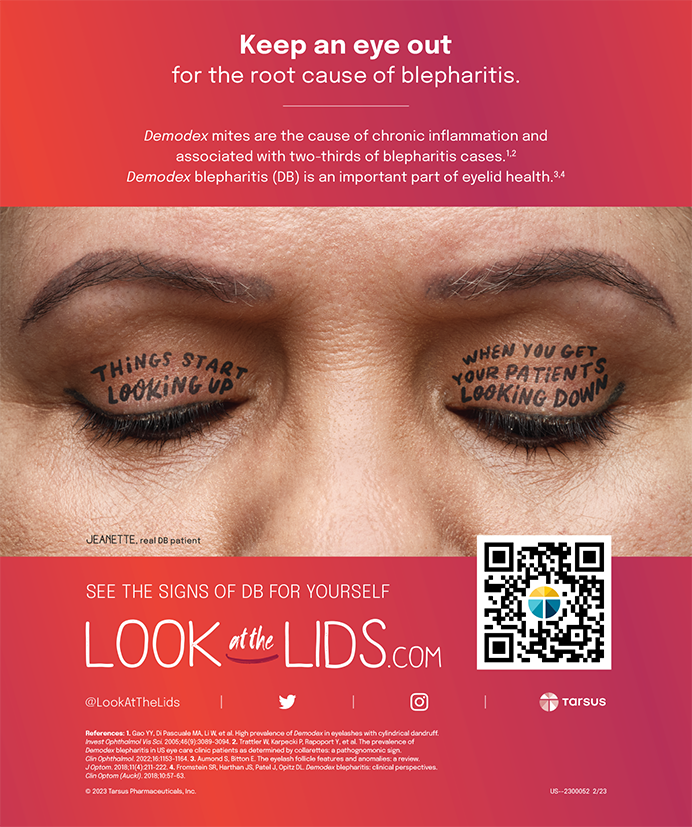In the inaugural issue (September 2001) of Cataract & Refractive Surgery Today, we tackled the state of refractive surgery in the US. It was quite clear at that time that LASIK was the 10,000-pound lion of the refractive surgery jungle. In 4 short years, the landscape has changed. In this issue, we delve into the current state of refractive surgery, but I first want to reflect on our perceptions of the specialty in 2001 compared with today.
One article in that inaugural issue was entitled, “Phakic IOLs: Poised to Take Over?” There is still great hope for phakic IOLs, but at present they are just getting off the ground in the US. The question that remains is, how big a market can/will they achieve?
Another article was “CK, LTK, or LASIK: Which Will You Use to Treat Hyperopia?” The diagnosis for LTK is DOA. CK continues on, but not necessarily for its original intent; it continues to hold interest for many in treating presbyopic emmetropes. Therefore, by default, LASIK has dominated hyperopic treatments, although it has had increasing competition from refractive lens surgery for presbyopic hyperopic needs.
A third article we presented in 2001 was “Wavefront's Effect on the Future of LASIK.” It posed the question of whether wavefront could deliver on its promise of better outcomes. Based upon current key card sales, the answer would be “yes,” and the penetration grows every day.
We also asked, “Will the Femtosecond Laser Be a Standard in LASIK?” Four years later, Intralase Corp. (Irvine, CA) has a market capitalization of $600 million. In the US, roughly 15% of all lamellar refractive surgeries are performed with femtosecond technology from Intralase.
Finally, in September 2001, we considered “LASEK's Effect on the Future of LASIK.” Based upon answers given by the audience at the CRSToday State of the Art Symposium during the annual ASCRS/ASOA meeting in Washington, DC, it appears that ophthalmic surgeons as a whole believe that nonlamellar excimer laser surgery, in the form of LASEK, Epi-LASIK, PRK, or advanced surface ablation, has the potential for significant growth during the next 1 to 5 years in their practices. This finding is of significant interest but should not be surprising, because surgeons always migrate to the procedure that is the safest, is the most efficacious, and has the fastest healing. If surface ablation surmounts the last point, the procedure could claim the lion's throne.
In this LASIK and Beyond issue, I think you will find many interesting points to consider as we collectively move the field forward.


